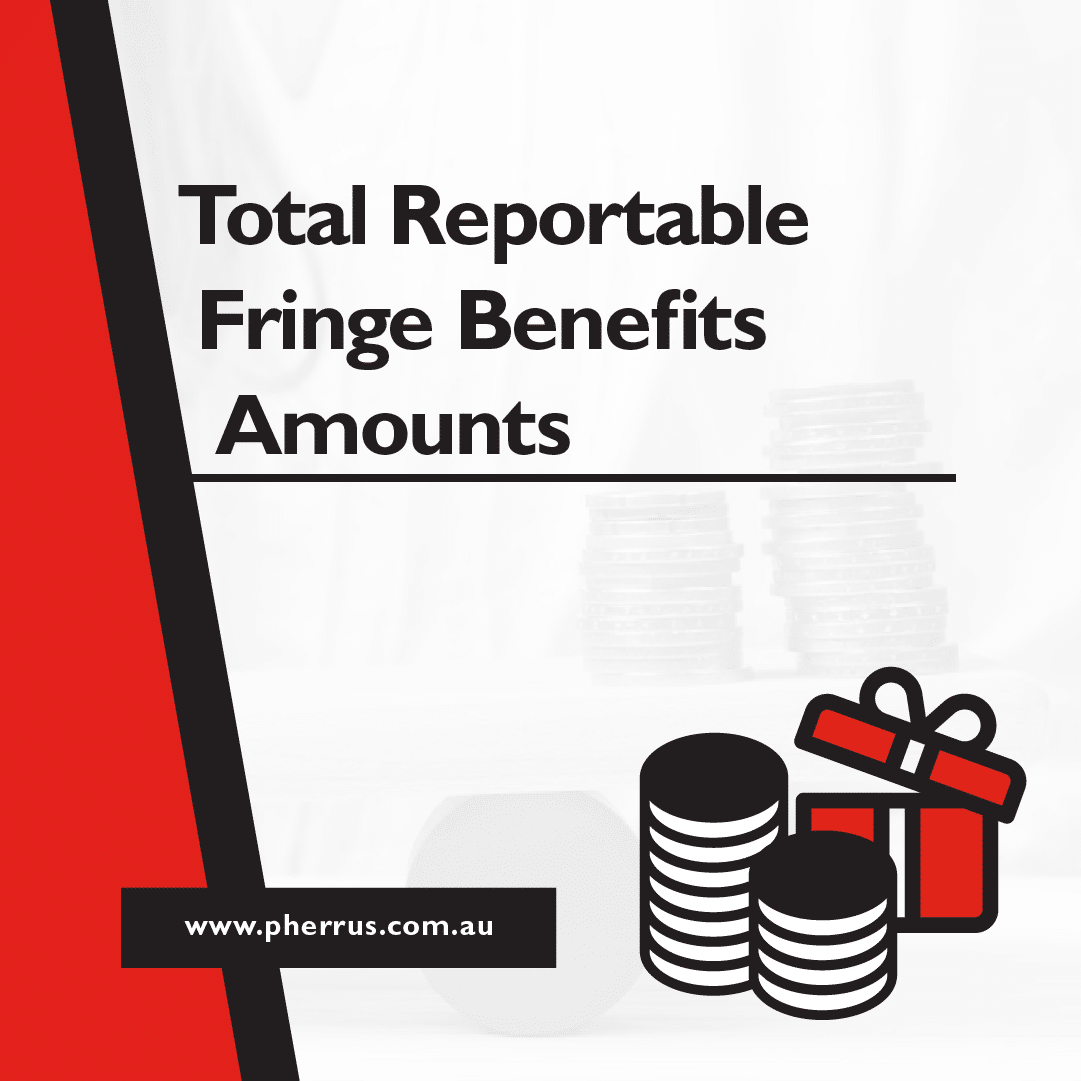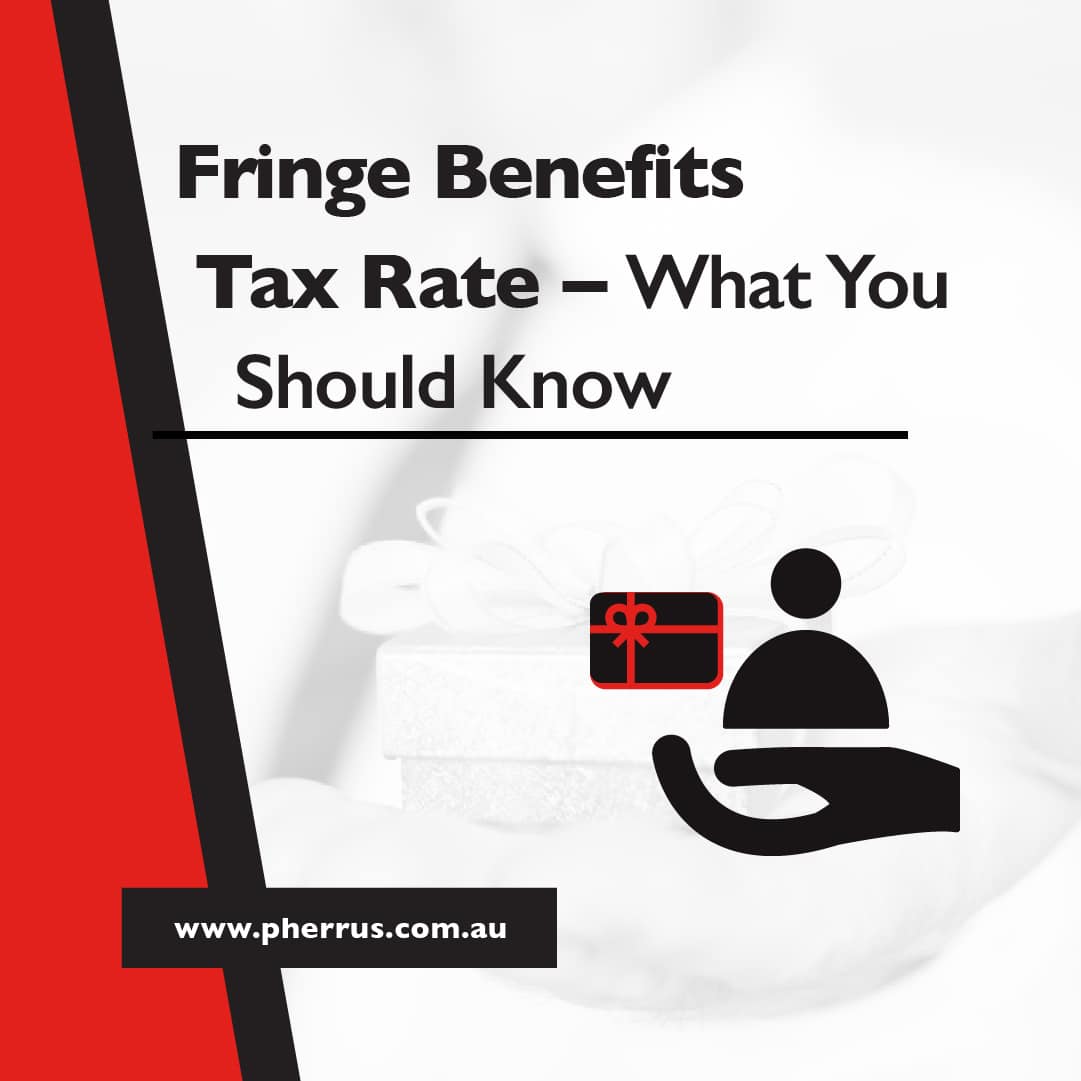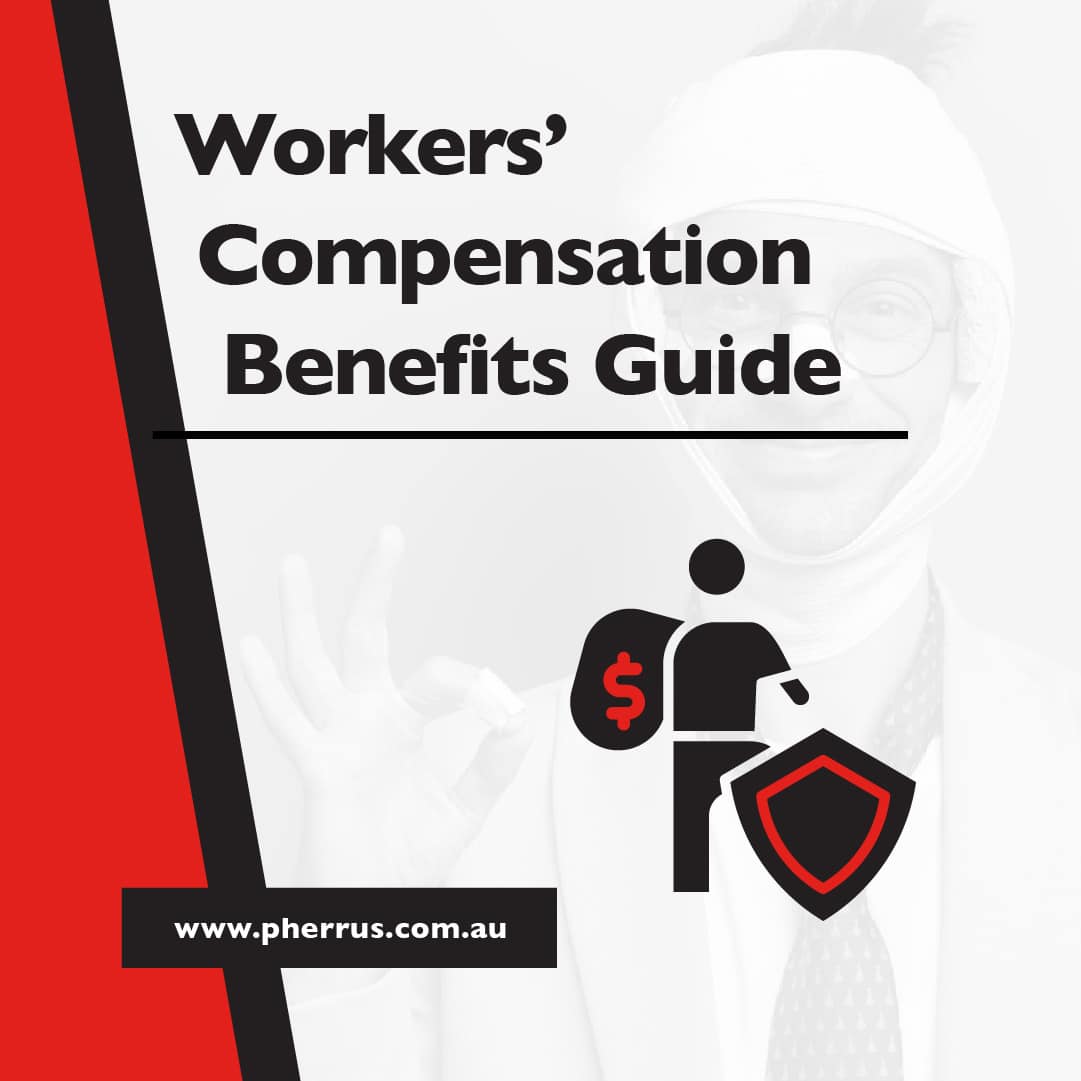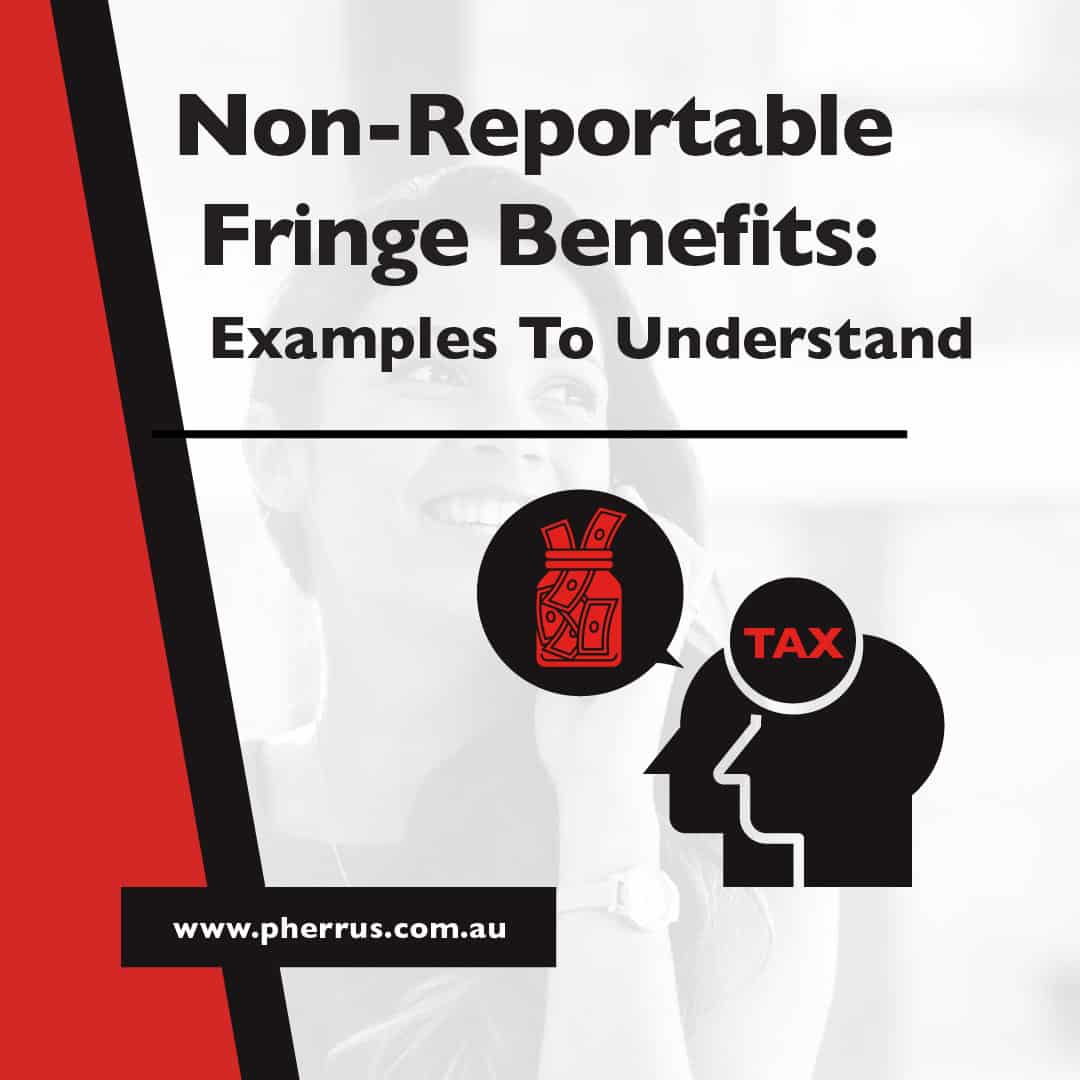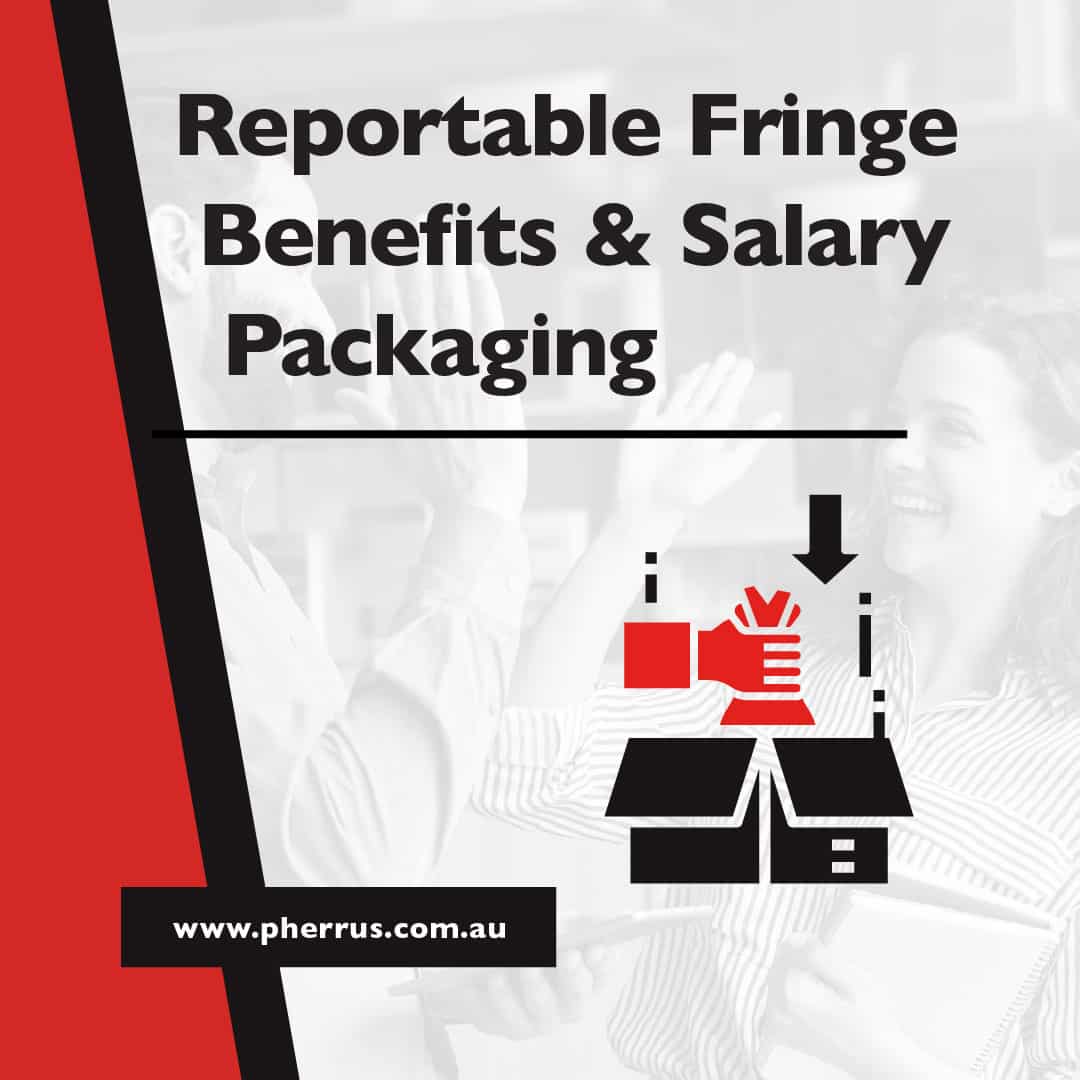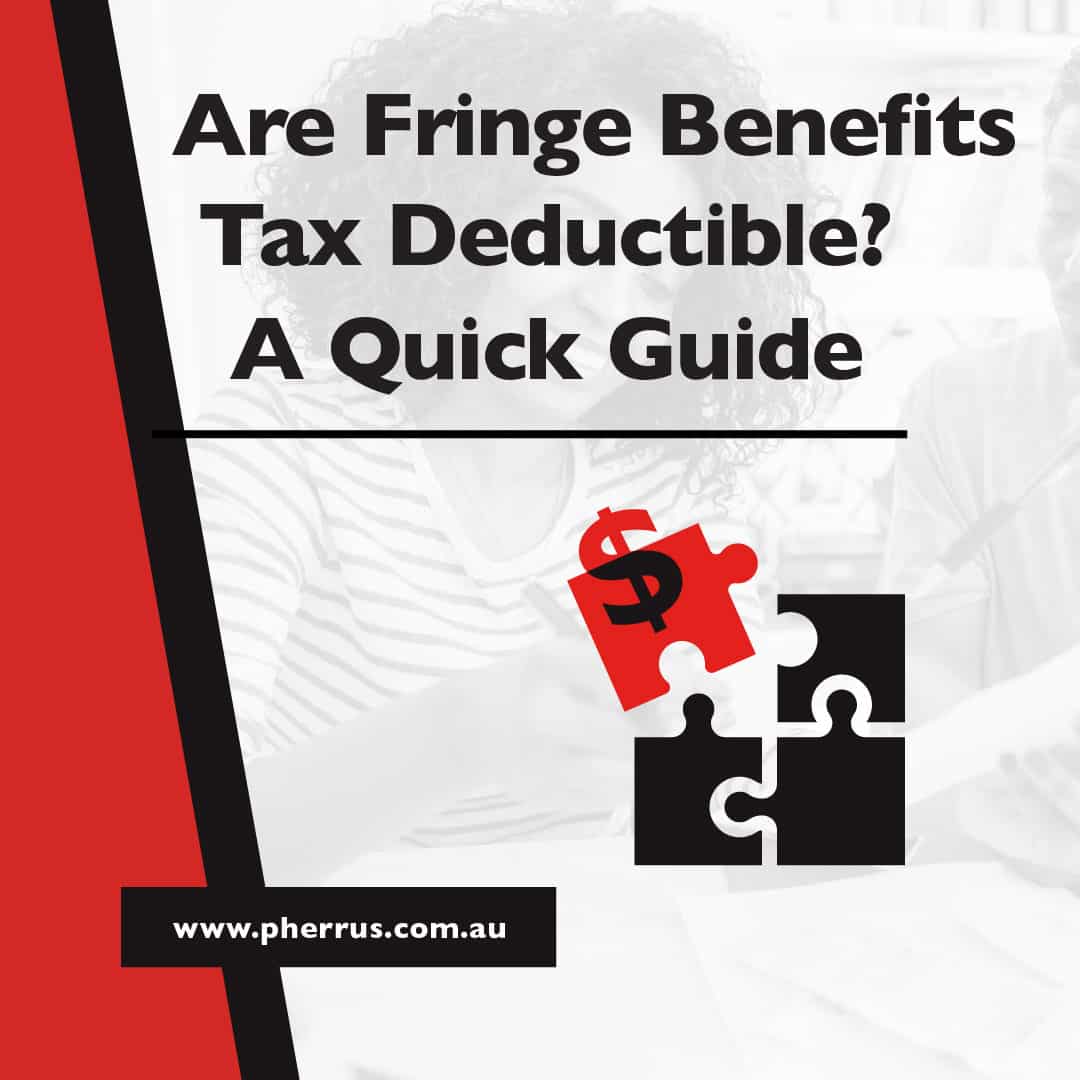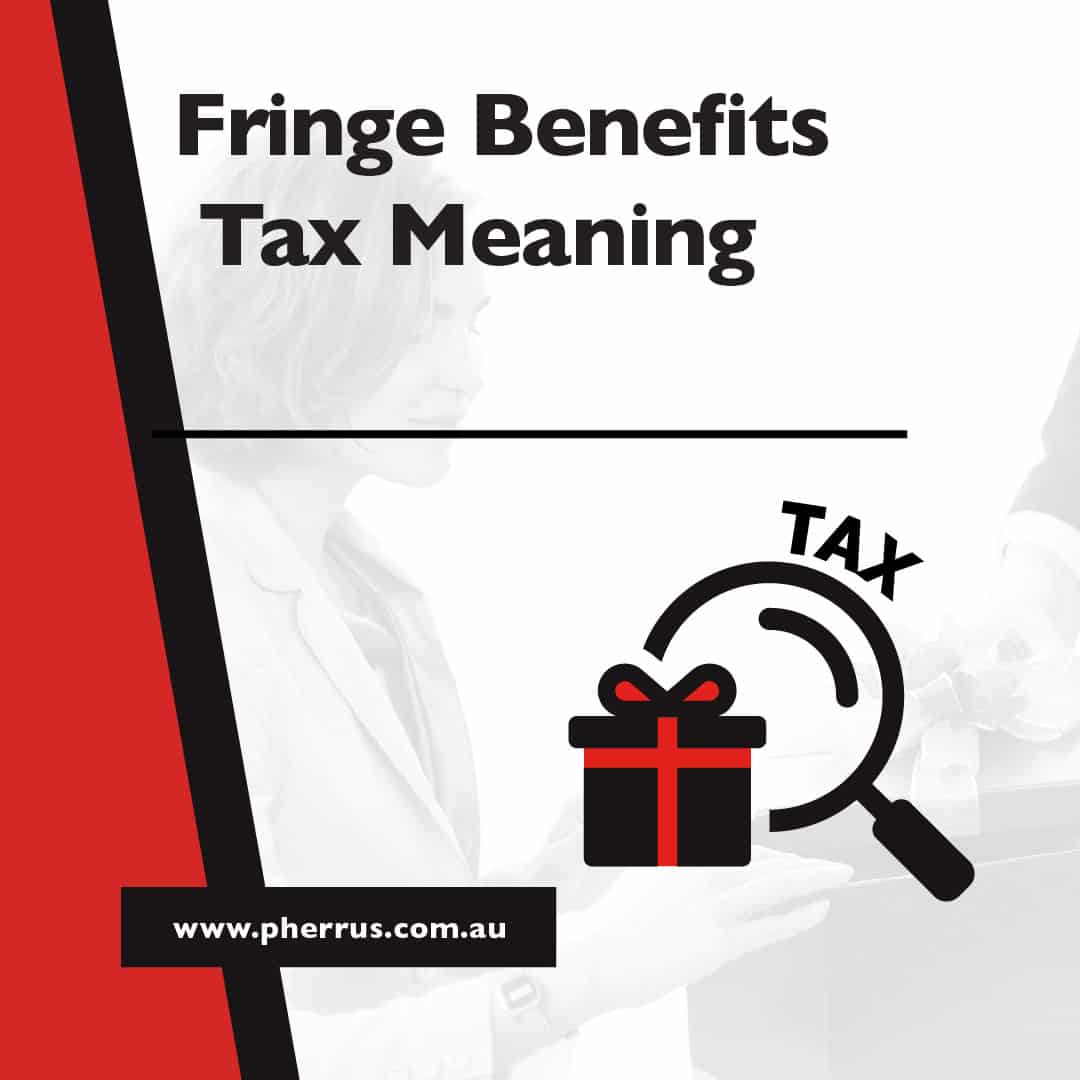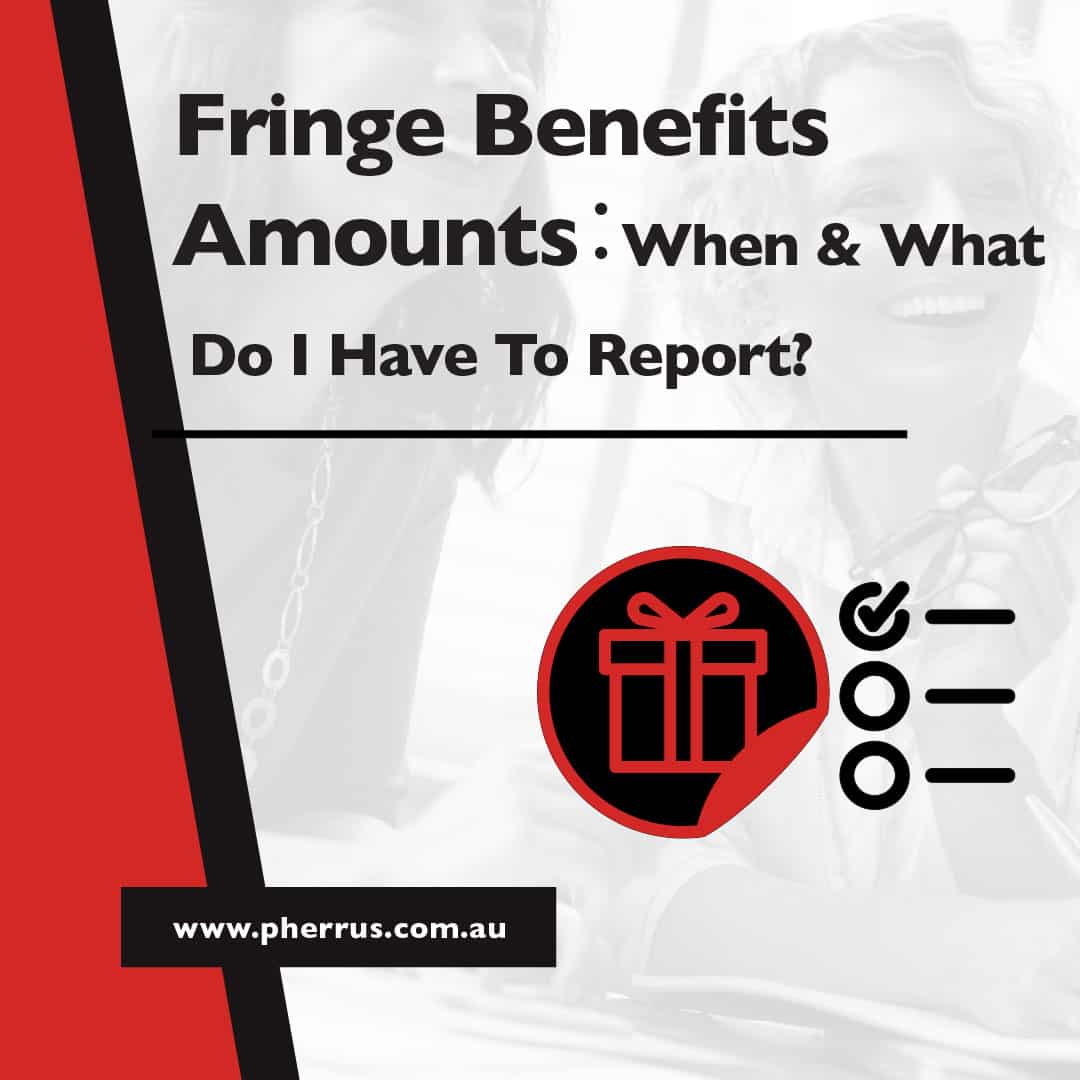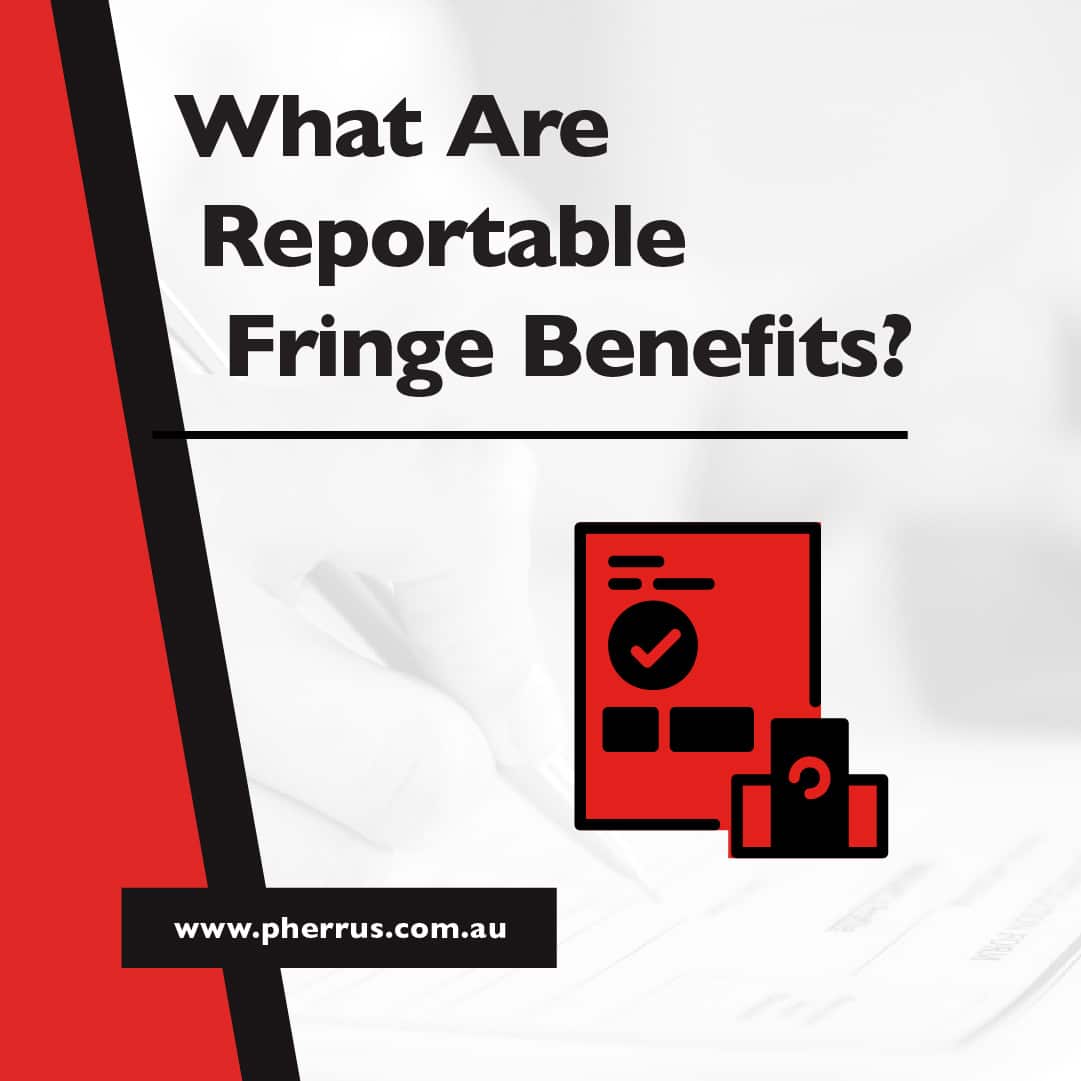What You Need To Know About Total Reportable Fringe Benefits
Are you considering a job that offers more than just a salary? Perks like a company car or gym membership can make a job offer much more tempting! Before signing the contract, you must understand the Total Reportable Fringe Benefits Amount (TRFBA). While you don’t pay income tax directly on your TRFBA, it can impact…

